- Tags:
- circuit / driving / Mount Fuji / Mt. Fuji
Related Article
-
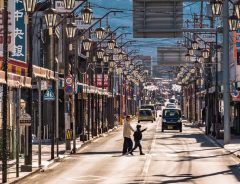
Mt. Fuji could swallow this city whole
-

Mt. Fuji Soy Sauce Dish Brings The World Heritage Site To Your Dinner Table
-
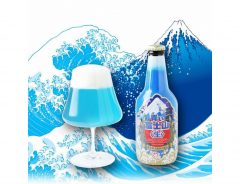
New blue Mt. Fuji beer and traditional cut glass lets you pour a snow covered Mt. Fuji
-
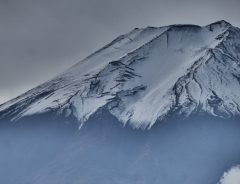
Mount Fuji Under Lockdown: Trail Closures
-
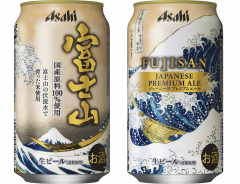
Asahi’s Fujisan beer made with Mount Fuji rice might be the most Japanese ale on the market
-
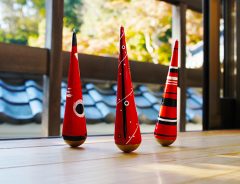
Telegram Culture Thriving in Japan: Traditional Craft Gifts Paired With Messages in Telegram Service’s New Lineup
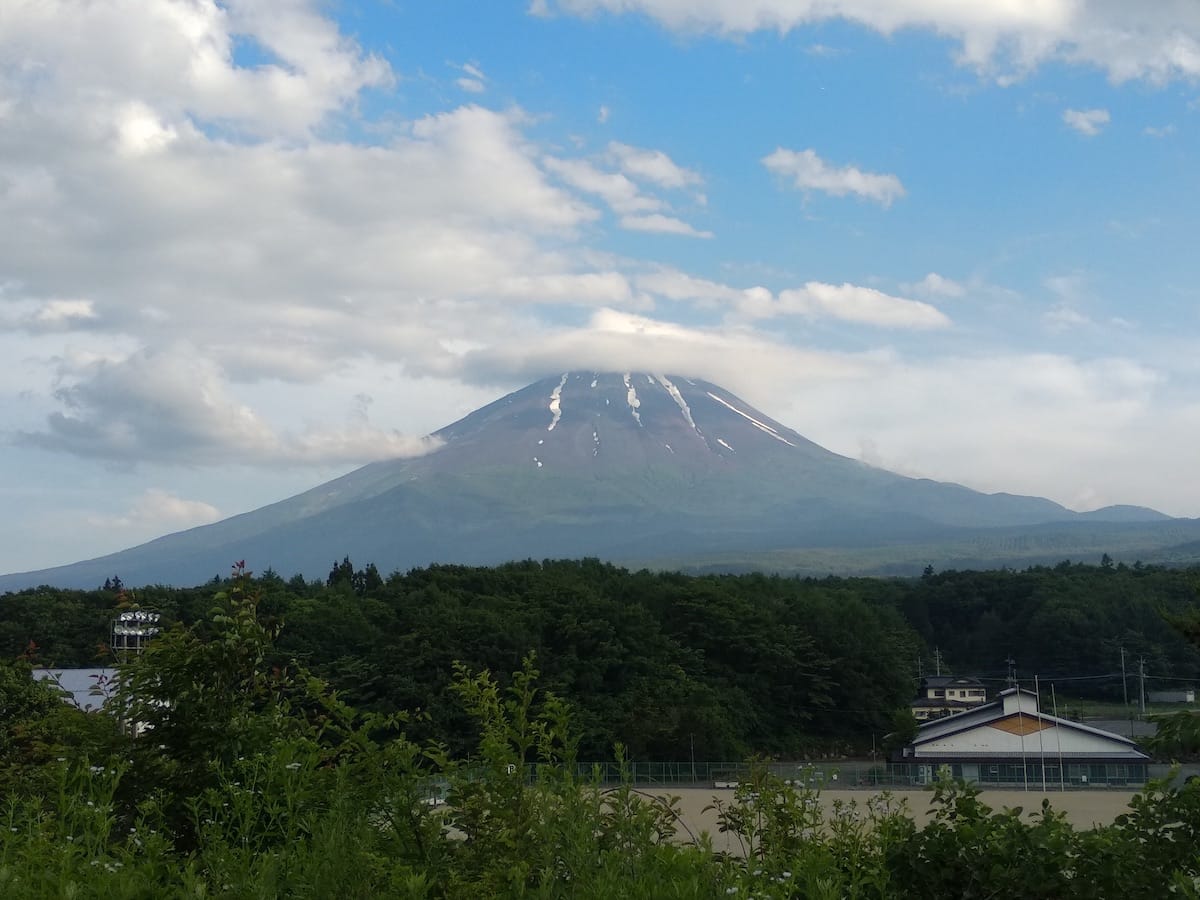


After almost three years in Japan, and countless sightings of Fujimi-this and Fujimi-that, I still hadn’t had a proper look at Mt. Fuji. I’d seen it on very clear days, on the rare occasion when the smog cleared from the Tokyo horizon and I happened to be on the roof of a tall building, but I can count the number of times that’s happened on a pigeon’s fingers.
I decided it was time to see Japan’s most famous sight. Unfortunately, even without a lockdown and fear of contagion to contend with, getting to Mt. Fuji by train is not easy. You can certainly get to any of the large towns around the perimeter of the mountain – Hakone 箱根, Fujiyoshida 富士吉田 or Gotemba 御殿場 – by train. But to see the mountain from various angles and appreciate how it changes over the course of the day, you need a car.
Photo by George Lloyd
If you gang up with a group of friends, hiring a car from one of the big rental cars needn’t be as expensive as you might think. We hired the smallest car available from Nippon Rent a Car and paid under 8000 yen for a 12-hour hire. Then there’s the price of petrol to consider, and if you want to get there quickly, you’ll have to take the toll roads, which will probably cost you another 5000 yen there and back. Not cheap – but well worth it.
We decided to do a circuit of the mountain. If you decide to do the same, be warned that it will take you the best part of 12 hours to get there and back from central Tokyo, allowing for stops to take in the waterfalls at Shiraito 白糸, eat soft serve and take even more photos of the most photographed mountain on the planet.
Leaving Tokyo, we were determined to avoid the toll roads and stick to the smaller roads leading out of the city, but soon learned that’s really not a good idea. After an hour of traffic lights and endless urban sprawl, we threw in the towel, handed over our money and hit Highway 413.
Thereafter, we made good progress. The toll road took us to Lake Yamanaka 山中湖, and from there we were on much smaller roads all the way around the mountain. After two and a half months lock-downed in Tokyo, the cost of the tolls was worth it just to smell the cedar forests. There were birds in the trees, old women tilling vegetable plots, and old men fishing in lakes and drinking beer with their buddies. All seemed right with the world again.
From Gotemba, a small road headed straight up the mountain for an hour or so, which was quite an ordeal for a car with a motor the size of a hairdryer's. I had visions of the radiator exploding, but we made it to the left-hand turn where the road starts following the contours in one piece.
At least on a weekday, there were surprisingly few people on the road, and on the westernmost side of the mountain, it was practically empty. We passed a big U.S. Marines military base called Camp Fuji and heard the occasional boom of distant artillery. We saw signs for trailheads, which I daresay are normally crowded with hikers at this time of year. The coronavirus has put paid to that – Mt. Fuji is closed to hikers for the foreseeable future.
Photo by George Lloyd
On the outskirts of Fujinomiya 富士宮 we came to Shiraito Falls 白糸の滝, or "the waterfall of white threads", a series of 20-metre-high falls spread over 150 metres. We’d come at the best time of year, when the falls are flush with winter snowmelt from Mt. Fuji and the surrounding foliage is at its lushest. Better still, the place was practically deserted.
Watching the water hit the rocks, you could see why so many Edo-era painters tried to capture the way the bony fingers of white water hit the black rock. The soft serve we bought wasn’t up to much, but hey-ho, you live and learn.
Photo by George Lloyd
From Shiraito, it was about 30km of quiet, open road to Aokigahara 青木ヶ原樹海, the ‘Sea of Trees.’ By now we were well into the second half of the afternoon and it was only on this stretch of our journey that the peak of the volcano became visible. Until then, it had been wreathed in clouds, but now they cleared, and we got to see it in all its splendour.
Seeing Mt. Fuji up close, what most surprised me was its colour. From a distance, I’d imagined the volcanic soil to be black, but with the sun illuminating it, I saw that it is in fact a rich purple colour. It made a great contrast with the dark green of the fields and forests that ring the mountain.
From the Sea of Trees, the road took us past the mammoth amusement park Fuji-Q Highland (currently closed), Lake Kawaguchi 河口湖 and back to Lake Yamanaka, where we picked up Highway 413 and hightailed it back to Tokyo.
Mount Fuji is still listed as an active volcano. It has erupted eighteen times in recorded history, the last time in 1707. In the early Heian period, the Imperial Court awarded Mt. Fuji court rank, hoping that they could flatter it into passivity.
In the Edo period, the Fuji-kō 富士講, a religious cult dedicated to the worship of Mt. Fuji, became extremely popular in the Kantō region. The cult’s followers used to carry Fuji-shaped talismans to protect themselves from illness and catastrophe. I’ve heard no suggestion that Mt. Fuji is of any use in the fight against the coronavirus, but after my circuit of the mighty mountain I certainly felt my spirits rejuvenated.